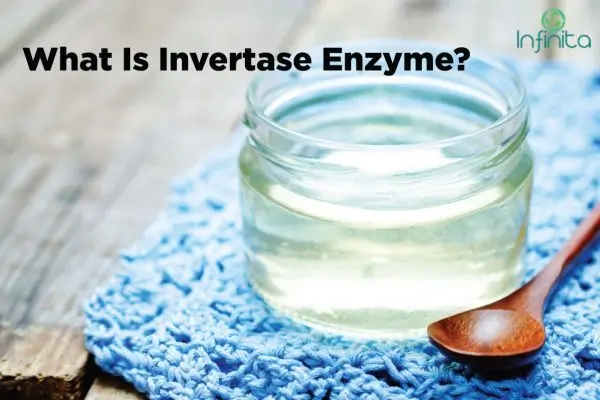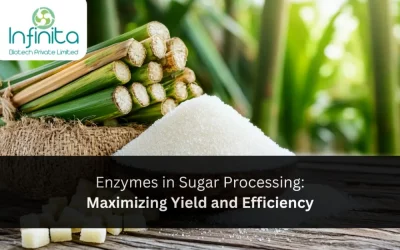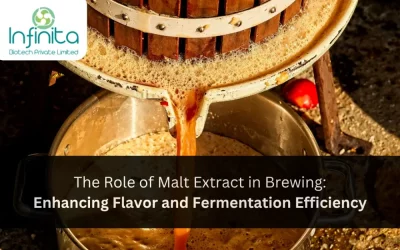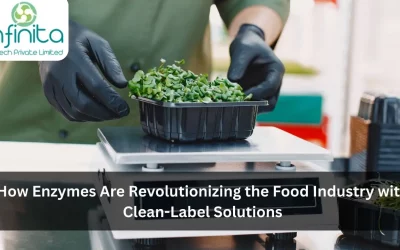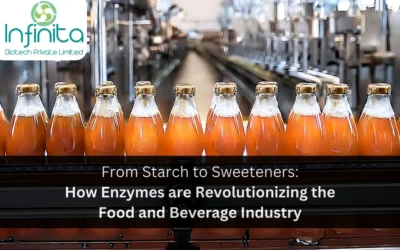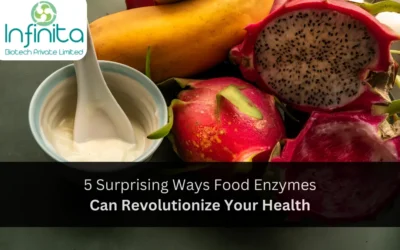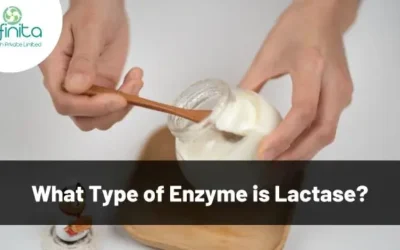Enzymes initiate biochemical reactions essential for life by acting as catalysts. They break down larger and complex molecules into smaller and simpler forms that can be metabolized easily. Enzymes regulate these biochemical reactions in all living organisms. These reactions also include food digestion and cell metabolism functions.
In the confectionery industry, the saccharase enzyme commonly known as invertase is predominantly employed. (Know more by clicking here) It breaks down sucrose into glucose and fructose which is known as “inverted sugar”. Invertases are naturally found in micro-organisms and plants. Bees have it for the production of honey and human saliva also contains it to break down complex food molecules into simpler forms.
Enzymatic Sources of Invertase
Bees and humans produce invertase naturally. But for commercial production, invertase is sourced mainly from fungi and yeast. Yeast species such as Saccharomyces cerevisiae and Candida utilis are used for commercial production of the invertase enzyme. Out of fungi, the filamentous fungi of the Aspergillus genus are used as a source of invertase. Aspergillus Niger of this genus is also a commercial source for many other enzymes.
Chemically Produced Inverted Sugar Vs Enzymatically Produced Inverted Sugar
Traditionally inverted sugar syrup was produced by adding acid to the concentrated solution. Alkali was added after the completion of the inversion process to raise the pH of the solution. The inverted sugar syrup produced thus was economical but had off-colours and flavours that left something to be desired. The process was not organic, but chemical.
Enzymatically derived inverted sugar syrup on the other hand is an organic product and is a much cleaner product with better flavours and desirable colours.
Invertase Enzyme-Working
Invertase hydrolyzes and breaks down the disaccharide sucrose and polysaccharides molecules into its monosaccharide forms of glucose and fructose. Sucrose does not dissolve fully at room temperature in water and as per its concentration, it will crystalize quickly. On the other hand, fructose and glucose have a higher solubility in water, so they do not crystallize after the inversion of sugar takes place. This mixture is called inverted sugar and the process is known as inversion. It is called inversion as the optical property of the solution is changed from positive rotation to negative rotation. A naturally produced example of inverted sugar is honey, a supersaturated mix of fructose and glucose.
Use of Invertase Enzyme in Food Industry
Due to the inversion process of sucrose/sugar, invertase enzymes are vital to the confectionery industry which uses sugar as one of the essential ingredients. Given below are some of the uses of invertase enzymes.
1. Invertase enzyme converts sucrose or table sugar to the inverted sugar solution. This is used to prevent the crystallization of sugar and used to make sweet, gooey liquid centres and caramel fillings in candies and chocolates. Some of these preparations include crème eggs, fondant candies, chocolates, and chewing gums which have a liquid and melt in the mouth.
2. Inverted sugar is also used to create chocolate-covered cherries and other cordials.
3. Inverted sugar is used in baking recipes to prevent sugar crystallization and keep baked goods soft and moist for a long time. Invertase in chocolate ganache prevents and slows sugar crystallization, thus extending their shelf life.
4. Invertase is also used to soften a food product that needs to start a firm. Chocolate-covered peppermint patties or truffles require a hardened sugar centre to enrobe or pan them in chocolate. A hardened centre is necessary to maintain the structural integrity of the product. It is required so it can be processed, packaged, and shipped. Invertase is added to the sugar centre, where it acts on the sucrose, inverting it and thus softening the centre during the warehousing and shipping procedure. These products are stored under optimum temperature slowing the process. When the products reach the end-user, they are consumed at room temperature with a soft and moist centre.
5. Sweets are often coated with inverted sugar for a glistening look and to avoid a white crystalline look of a sucrose solution.
Conclusion
Enzymes are biocatalysts that hydrolyze and break down several organic compounds. Invertase is one such enzyme that hydrolyzes sugar into glucose and fructose to create uncrystallized inverted sugar. Enzymatically produced inverted sugar is used prevalently in the food industry, especially to create soft and delicious confectioneries and baked items and to extend their shelf life.
